Beth mentioned we could see Elk at Cataloochee in the Great Smoky National Park, and I immediately said, “Let’s go.” I love Native American names and places so I thought this would be fun.
According to the National Park website, Elk once roamed the southern Appalachian mountains as freely has they did anywhere else in America. But we know how the story goes, they were over-hunted and lost their habitat due to settler encroachment on the lands where they grazed.
“The last elk in North Carolina was believed to have been killed in the late 1700s. In Tennessee, the last elk was killed in the mid-1800s. By 1900, the population of elk in North America dropped to the point that hunting groups and other conservation organizations became concerned the species was headed for extinction.”
I didn’t see any grown bucks on this evening but we saw plenty of females, who wanted to come closer than they should. The National Park Service preserves these animals on lands it manages, especially in cases where native species have been eliminated from park lands. The reintroduction began in 2001 when 25 elk were brought from the Land Between the Lakes National Recreation Area along the Tennessee-Kentucky border. In 2002, the park brought in another 27 animals. So sooner rather than later, we’ll have an elk population again!
I was almost afraid (and I truly never get too afraid) that these visiting elk would end up kicking my SUV! But they didn’t. They just checked us out and kept on munching on the tall grasses along the roadway. I have seen this sort of thing before in the Park near Abrah’s Falls only with Black Bears. Animals in the park can lose their inhibition and fear of humans and end up coming too close. Then there’s trouble.
Here’s the only young buck that I saw, and I used a long lens to capture his photo. I have a feeling that if more adult males had been present, we would not have seen the females walk up to us.
Then there was “baby” hiding out but also very curious. “She” kept raising her head and peeking at us. I’ve learned that a mother elk will place her baby in high grasses for safety while she goes a short distance away to graze.
In closing, here’s the classic National Park scene: This house once belonged to a family in the community of Cataloochee, which is really a cove area that is smaller than Cades Cove. Cataloochee is really where the elk are located. There’s not an easy way to get there from here. You have to travel several miles of serpentine dirt roads.
Remember, the elk are not frightened by humans or places where humans once lived. We watched them grazing in the Cataloochee’s fields, and we also watched them checking out this abandoned homestead. Funny!

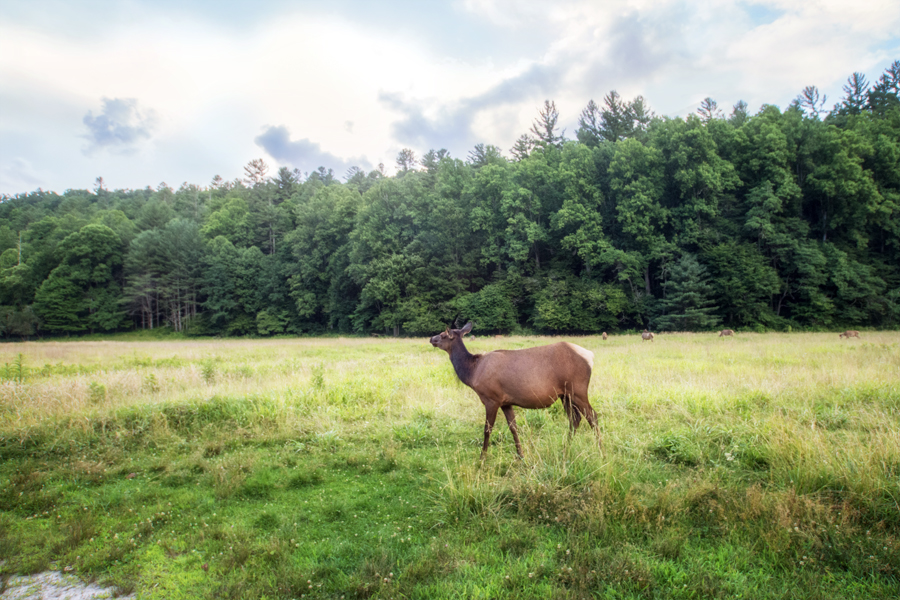
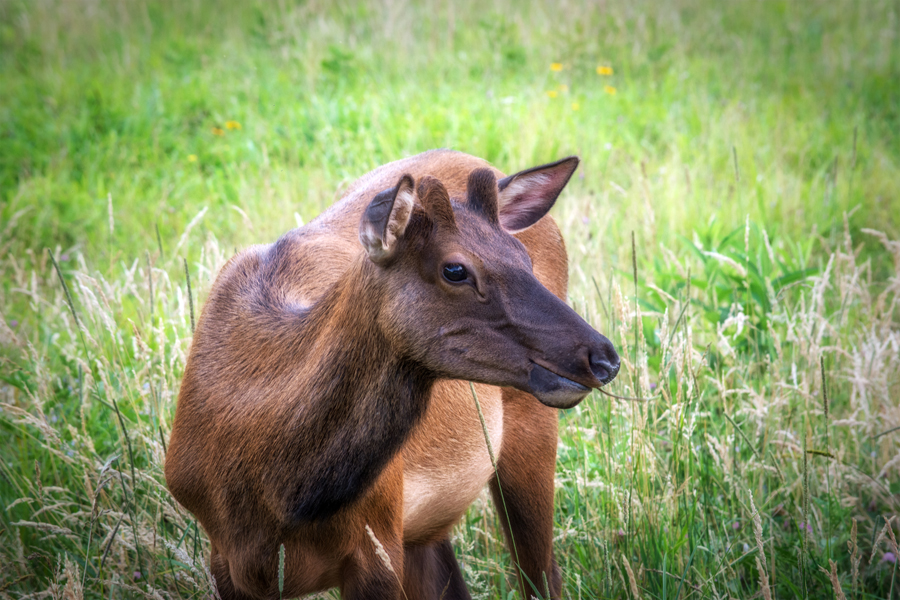




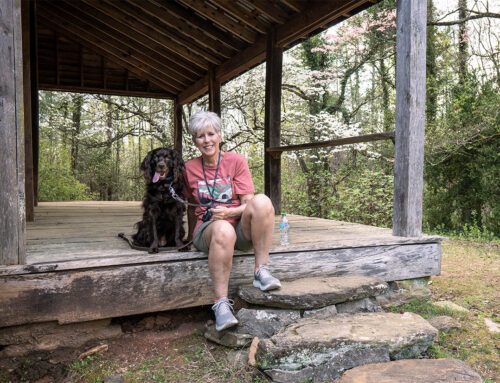
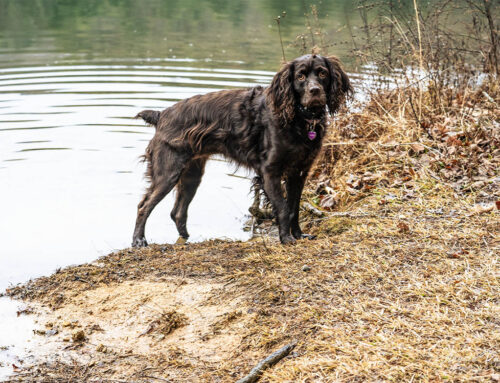
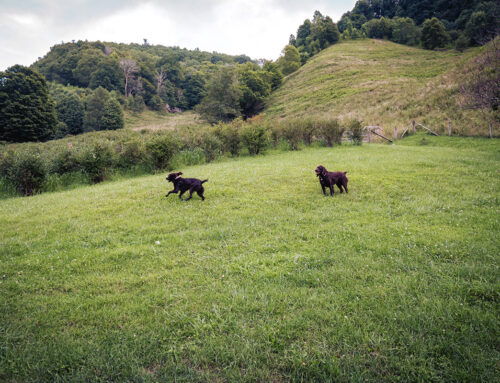

Leave A Comment